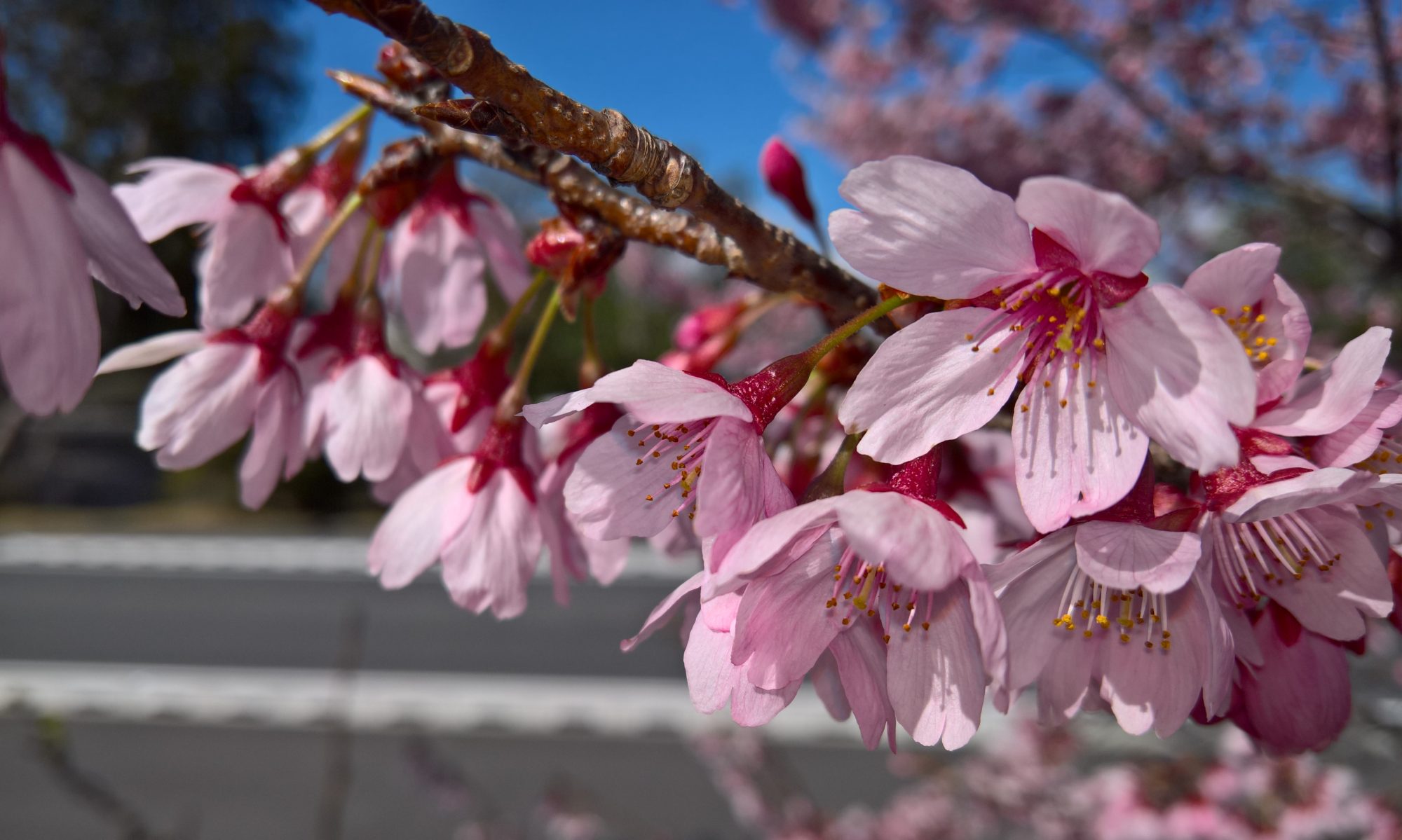In many spiritual contexts, the number 4 is deeply symbolic and represents structure, stability, and balance. It’s often tied to foundational elements in both material and metaphysical worlds, embodying the sense of “四つの柱” (yottsu no hashira), or “four pillars,” that support life and existence. Let’s explore a few interpretations across different traditions:
1. Balance and Stability: In many cultures, the number 4 represents groundedness and stability, like the four legs of a table or the four corners of a foundation. In this sense, 4 is seen as a number that provides the support necessary to grow and build upon.
2. Natural Order: The number often symbolizes the natural world and its cycles. We see this in the “四季” (shiki), or four seasons, and the “四方” (shiho), or four directions (north, south, east, and west). This reflects an inherent order in the universe that’s stable yet dynamic.
3. Earth and Practicality: It’s often associated with earthly matters, a contrast to the number 3, which can represent more ethereal or spiritual concepts. The number 4 relates to manifesting spiritual truths in a practical, material way. It’s like tapping into the energy of chikara no tane, or “seeds of power,” where things take root and grow in real-world ways.
4. Completion and Wholeness: The number 4 can signify the completion of a cycle, like the four elements (earth, water, fire, air) in many spiritual traditions, which represent the building blocks of all physical matter. This echoes the idea that everything is interconnected and complete within these four aspects.
5. Yin-Yang Duality Amplified: In some philosophies, 4 represents the dualities within dualities, like the interplay of yin and yang expanded to cover the four directions, four seasons, and so on. It creates a balanced whole, where each part of existence complements and balances the other.
Interestingly, in Japanese, the word for 4 (shi) sounds similar to the word for death (shi), which also gives it a layer of somber reverence, as the cycle of life and death is seen as part of the universal balance.
Overall, 4 is a potent number in spiritual thought—a foundation upon which both physical and spiritual stability rest, mirroring the steady flow of life through balance, cycles, and the grounding of abstract energy into the tangible world.
